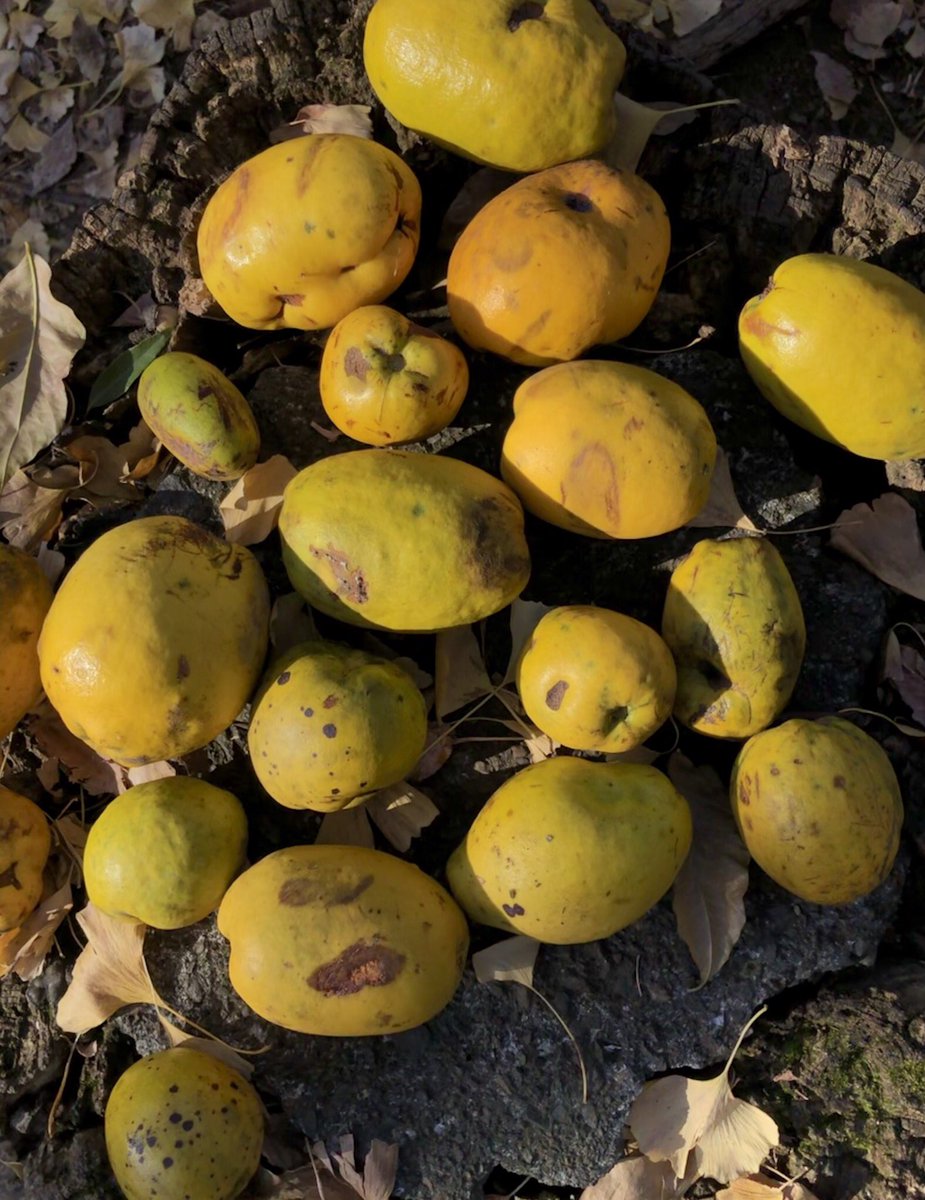
From 1000 to 1450 the Atacama people raised rich and varied crops by harvesting guano in sealskin pontoon boats and transporting it to their walled and fortified desert towns by llama caravans allowing for a rich diet, rich culture. Then came the Inca. smithsonianmag.com/science-nature…
The Inca empire limits ended up being defined by the ranges of three seabirds (Cormorant, Pelican, Booby): "If one mapped the distribution of the Guanay cormorant, Peruvian pelican and Peruvian booby, their ranges nearly matched the boundaries of the 15th century Inca empire." 





"Se fueron a poblarse en altos y cerros y peñas y por defenderse y comenzaron a hacer fortalezas que ellos llaman pucara, edificaron las paredes y cerco y dentro de ellas casas y fortalezas y escondrijos y pozos para sacar agua de donde bebían; y comenzaron a reñir y batallar..." 

A pukara, fortified town of the high desert. You have to imagine it filled with people, green gardens and trees, llama caravans filing through the guarded gates. 





• • •
Missing some Tweet in this thread? You can try to
force a refresh
























